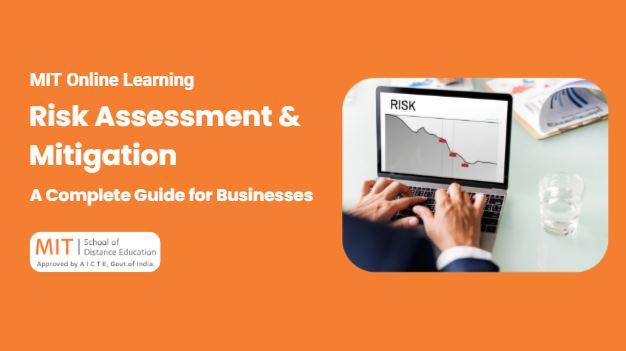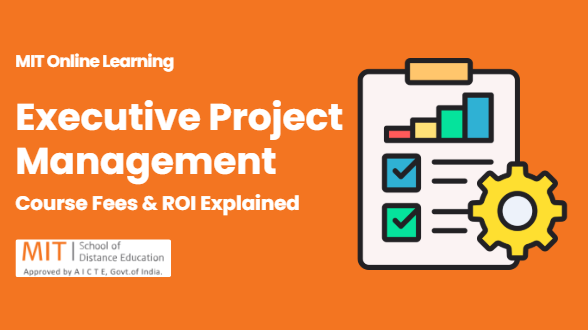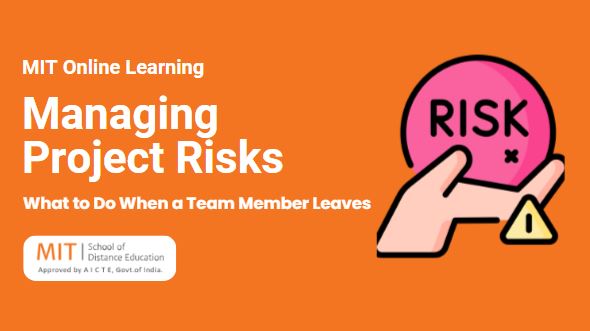
Running a business comes with opportunities — but also risks. The key to success lies in smart decision-making and taking calculated risks rather than blindly diving into challenges. This is where risk assessment and mitigation play a crucial role in ensuring business continuity, financial stability, and long-term growth.
In this guide, we’ll explore business risk management, its importance, types of risks, and effective strategies to handle them.
Importance of Risk Assessment in Business
Risk assessment in business is a structured process of identifying potential threats, analyzing their impact, and planning risk mitigation strategies. It enables organizations to anticipate challenges before they escalate, ensuring business sustainability.
Key benefits of effective risk assessment and mitigation include:
- Minimizing financial losses caused by disruptions or legal penalties.
- Enhancing decision-making through better visibility into potential threats.
- Ensuring compliance with industry regulations and legal standards.
- Improving operational continuity and business resilience.
- Building stakeholder trust by demonstrating proactive enterprise risk management.

Steps in Risk Assessment and Mitigation
The process of effective business risk management involves the following steps:
Risk Identification
Use brainstorming, data analysis, and expert inputs to identify internal and external risks affecting your business.
Risk Analysis
Evaluate each risk based on likelihood and severity to prioritize potential threats.
Risk Evaluation
Classify risks into high, medium, or low categories based on their potential impact on business operations.
Risk Mitigation Strategies
Avoidance – Eliminating the source of risk.
Reduction – Implementing controls to lower risk probability.
Transfer – Using insurance or third-party agreements.
Acceptance – Acknowledging certain risks when mitigation costs outweigh impact.
Monitoring and Review
Regularly review mitigation plans to address new and evolving risks effectively.
Types of Business Risks
Businesses face several categories of risks, each requiring unique mitigation approaches:
- Strategic Risks – Poor decisions, competition, or changing market trends.
- Operational Risks – Failures in processes, human errors, or supply chain disruptions.
- Financial Risks – Liquidity issues, debts, and market fluctuations.
- Compliance Risks – Violations of laws or regulatory standards.
- Reputational Risks – Negative publicity, ethical lapses, or customer dissatisfaction.
Identifying these risks early helps companies prepare effective corporate risk management frameworks.
Risk Identification and Analysis
Effective risk identification and analysis involve:
- Using SWOT analysis and historical data to evaluate vulnerabilities.
- Mapping risks to their potential business impact.
- Prioritizing risks that could affect finances, operations, or reputation.
This structured approach ensures businesses focus resources on critical risks first.
Risk Management Strategies for Companies
Modern organizations use several proven risk management strategies, including:
- Establishing strong governance frameworks for enterprise risk management.
- Adopting data-driven insights to predict and mitigate future threats.
- Implementing policies, training programs, and controls to strengthen organizational preparedness.
- Leveraging technology and automation tools for real-time risk tracking.

Project Risk Assessment and Mitigation
For project-based organizations, project risk assessment and mitigation are critical to ensure timely delivery and cost efficiency.
Businesses should:
- Identify potential delays, budget overruns, and resource constraints early.
- Develop contingency plans and clear escalation mechanisms.
- Continuously monitor project progress using modern project management tools.
Operational Risk Assessment
Operational risk assessment focuses on identifying vulnerabilities in day-to-day activities like supply chain disruptions, IT failures, and workforce challenges. Companies should:
- Regularly evaluate process efficiency.
- Implement automation for quality control.
- Strengthen incident response mechanisms.
Financial Risk Mitigation
Financial risk mitigation strategies include:
- Diversifying revenue streams to reduce dependency on one source.
- Hedging against currency fluctuations and interest rate changes.
- Strengthening credit risk management and collection processes.
- Maintaining adequate reserves for emergencies.
Risk Assessment Best Practices
To build a robust corporate risk management strategy:
- Conduct regular audits and reviews.
- Keep risk registers updated.
- Encourage cross-departmental collaboration.
- Leverage data analytics for predictive insights.
- Train employees on risk awareness and emergency protocols.
How MITSDE Helps You Master Business Risk Management
Understanding risks is important, but learning how to mitigate and manage them requires the right training. MIT School of Distance Education (MITSDE) offers industry-aligned programs designed to prepare professionals for enterprise risk management and project risk assessment.
PGDM Executive
With today’s intense competition and rapid industry advancements, staying stagnant isn’t an option. To grow, you need to upgrade your skills, enhance your qualifications, and explore better professional opportunities.
MITSDE’s 15-month Post Graduate Diploma in Management (Executive) is designed to boost your professional expertise, broaden your industry knowledge, and help you gain a wider business perspective.
You can choose from diverse specialisations such as Information Technology, Infrastructure Development, Material Management, Financial Services, Finance Management, Human Resource Management, Operations Management, and Marketing Management. The program also offers flexibility to pursue multiple specialisations or advance further in your current field.
Explore PGDM Executive at MITSDE
EMBA
Best Executive MBA Programs for Working Professionals
Advance your career with Avantika University’s Executive MBA (EMBA) programs — a unique opportunity to earn a prestigious degree while you work.
The 2-year Executive MBA is designed specifically for working professionals, entrepreneurs, and corporate leaders who want to upskill without putting their careers on hold. These EMBA programs are delivered through a flexible blended learning model, combining academic depth with real-world application.
Developed in partnership with HCL Technologies, our EMBA courses align with industry demands to help you lead confidently in today’s dynamic business landscape.
Dual Specialization Program
Earn a PGDM Executive from MITSDE + EMBA from Avantika University
Future-Proof Your Career with a Dual Certification in Just 27 Months!
Take the next big leap in your professional journey with the PGDM Executive + EMBA Dual Certification Program — a unique opportunity to earn two industry-recognized qualifications in just 27 months.
This transformative program blends the AICTE-approved PGDM Executive from MITSDE with the prestigious EMBA from Avantika University, giving you a competitive edge in today’s dynamic business world.
Eligibility: Any graduate having 5+ years of work experience.
Explore Dual Certification Program
Final Thoughts
Risk assessment and mitigation are no longer optional — they’re essential for long-term business growth. Whether it’s operational risks, financial threats, or project uncertainties, businesses must stay prepared with strong risk mitigation strategies.
If you want to master business risk management and lead confidently, enrolling in a specialized program like MITSDE’s Project Management Certification or PGDM in Project Management can help you gain a competitive edge.




